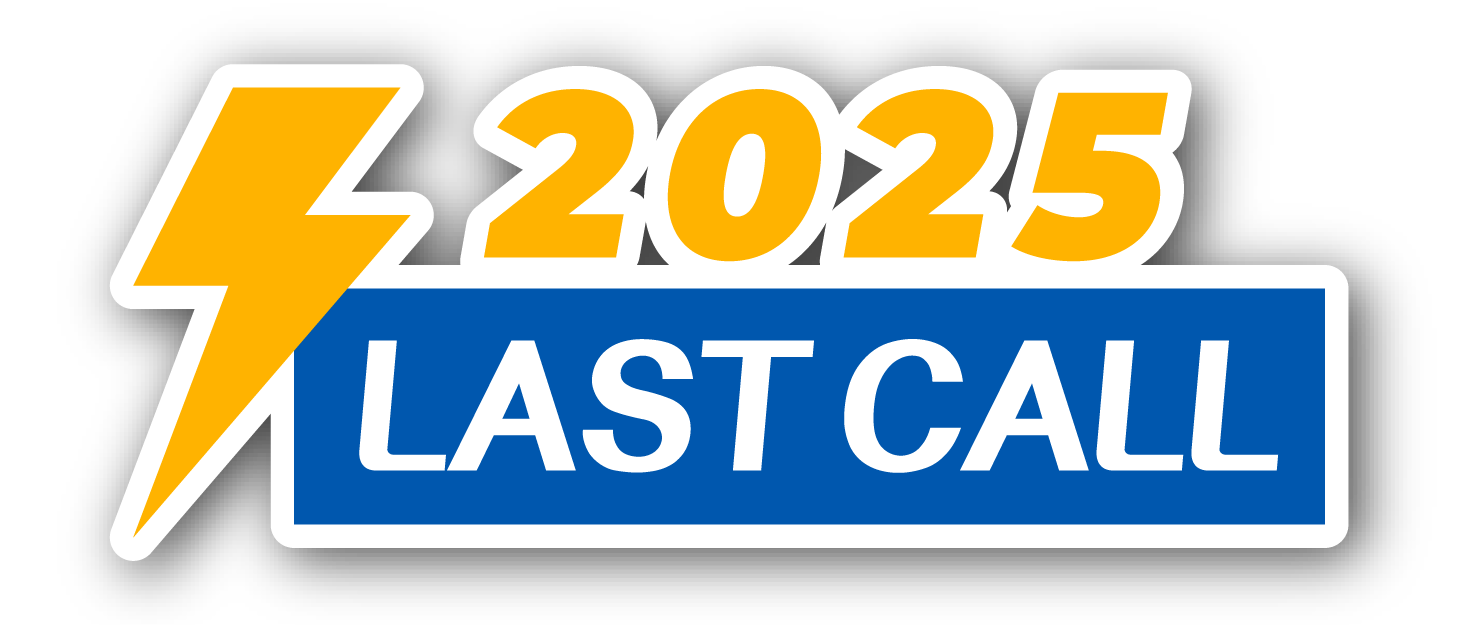- Home
- CT Scan
CT Scan
Computerize Tomography Scan (CT Scan)
What is a CT Scan?
Computerized Tomography, CT Scan meaning in short, is a sophisticated technology that can produce a series of cross-sectional images of the human body. A CT scan uses a circle of X-rays and computer analysis to create multiple images of the inner body. It is suitable for analyzing inner-body structures, including organs, bones, soft tissues, and blood vessels. CT scans produce clearer images than regular X-ray examinations.
What can CT Scans detect?
It can diagnose infectious disease, cardiovascular disease, musculoskeletal disorders, trauma, and cancers. Experienced radiologists will interpret the resulted images and write diagnostic reports after scans.
At Trinity Medical Imaging Center, our new CT scanner is an Ultra-Low Radiation Dose CT that introduces the latest CT technology to reduce patient radiation dose to only 1/6 of a standard CT. Along with O-MAR technology, it can reduce metallic artefacts.

Why 256-Slice Computed Tomography – Philips iCT Elite ?
Trinity is one of 4 medical service providers in Hong Kong using this machine. Philips iCT Elite provides superb low radiation dose and high-resolution examination with premium results. Its ultra-fast rotation time (0.27 seconds per rotation) can shorten the examination time, especially for cardiac scan patients. Equipped with the latest O-MAR technology, metal artefacts related to orthopaedic implants can also be reduced significantly.
Recommended CT-Scan Health Check Packages
Advantages of 256-Slice Computed Tomography – Philips iCT Elite
- Iterative Model Reconstruction Technology (IMR) – both radiation dose and image noise reduction in all types of exam
- Wide NanoPanel Elite CT detector – for shorter scan time and improved image quality
- Metal Artifact Reduction for Orthopaedic Implants Technology (O-MAR)
- Ultra fast rotation time 0.27 seconds/rotation
- Superb low-contrast resolution 2mm @ 0.3%
How is a CT Scan done?
The ct technician will ask the client to lie flat near the scanner gantry.
If your scan involves the abdomen or pelvis, you will be required to drink an oral contrast solution for the stomach and intestines to show more clearly in the images.
In some cases, intravenous (IV) injection of contrast agent will be required, which is typically injected into the vein on your hand. You may feel hot and sense a metallic taste in your mouth after accepting the IV injection. These sensations are normal and will disappear within a minute.
When the exam table moves slowly into the scanner, you are required to remain motionless during the whole scanning procedure. Sometimes, our ct technicians will instruct you to hold your breath for the need of specific studies. The CT scan procedure typically lasts for 10-45 minutes. The exact time varies for different body parts.
What to notice afterwards
In most cases, you will be able to go home on your own after completing the scan. But if you have taken an IV injection and found any redness, swelling, hotness, or pain in your skin, please tell our physician immediately.
The ct technician will send a wet film and written report after the scan.
Applications of Computerize Tomography Scan (CT Scan)
CT scans have a wide range of applications in the medical field, covering various areas from neuroscience to surgical procedures. Here are some major application areas:
- Neuroscience: CT scans can be used to diagnose brain diseases, such as brain tumors, strokes, brain hemorrhages, and traumatic brain injuries. They also help assess brain structure and function, providing guidance for treatment.
- Cardiovascular Diseases: CT scans can clearly show the structure of the heart and blood vessels, aiding in the diagnosis of coronary artery disease, myocardial infarction, aneurysms, and other cardiovascular conditions.
- Pulmonary Diseases: CT scans are important tools for diagnosing lung cancer, pulmonary infections, and other lung diseases. They can reveal details of the lungs, including nodules, masses, and other abnormalities.
- Abdominal Diseases: CT scans can be used to examine abdominal organs such as the liver, gallbladder, pancreas, and kidneys, helping to diagnose tumors, stones, and other conditions.
- Bone and Joint Diseases: CT scans can clearly show the structure of bones and joints, making them commonly used for diagnosing fractures, arthritis, and other bone diseases.
- Trauma Assessment: In cases of severe trauma, CT scans can quickly assess the extent of internal organ damage, providing guidance for emergency treatment.
- Surgical Planning: CT scans provide crucial anatomical information for surgeries, helping surgeons better plan the surgical process.
Whether for diagnosis or treatment, CT scans play an indispensable role and have become one of the essential diagnostic tools for physicians.
CT Scan FAQ
CT scans are widely used in various medical fields, including:
- Neuroscience: Diagnosing brain tumors, strokes, and traumatic brain injuries.
- Cardiovascular Diseases: Assessing the structure of the heart and blood vessels.
- Pulmonary Diseases: Diagnosing lung cancer and infections.
- Abdominal Diseases: Evaluating organs such as the liver and kidneys.
- Trauma Assessment: Rapidly assessing internal injuries in emergency situations.
- High-resolution images.
- Short scanning time.
- Ability to capture images from multiple angles.
- High tissue contrast, aiding in the identification of abnormalities.




